What are proof coins in numismatics, learn about proof coin values, where to buy proof coin sets
What is a proof coin in coin collecting?
A proof coin is a coin which is minted through a unique process – a specially prepared coin blank is struck twice by highly polished and chemically treated coin dies (stamping tool used to etch the design on the coin), applying high pressure settings.
This specialized method results to an exceptionally lustrous coin with smooth surface and sharp coin details including the wording, rim, and the portrait.
Traditionally, proof coins were minted to test or check on the dies to be used for striking coin money. Some countries also produced proofs for archival purposes – to preserve a part of their history. In modern numismatics, proof coins are minted for coin collectors or numismatists mainly as showpieces.
The Cameo effect on Proof Coins
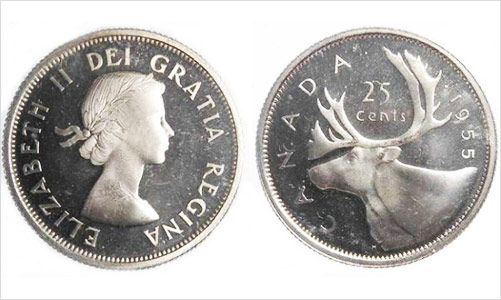
The cameo effect is a distinct feature of a proof coin. Cameo refers to the frosted effect of the portrait or image (also referred to as the cameo portrait or simply cameo) on the coin contrasting to the mirror-like finish of the coin surface or field.
The deep cameo or ultra cameo is a term to describe highly frosted cameo portrait. The deep cameo is a result of a newly used acid-treated coin die tool which gives more noticeable, frostier appearance.
As the die is used over a longer period to strike a coin blank, the effect of the treated die fades which would result to the less frosted look. Proof coins with images that do not have matte characteristics are non cameo proofs.
A proof with a frosty surface or field contrasted by a shiny image or portrait is called a reverse proof coin.
Proof coin sets
Coin mint proof sets are small collections of proof coins specially packaged by the coin mint in quality coin display cases and offered for sale to numismatists and tourists. At times, proof sets are replicas of circulated coin denominations issued in a particular year.
There is often confusion between coin mint sets and proof coin sets. Mint sets are also a small collection of coins specially packaged by the mint, but they are not necessarily coins made from a specialized method like proof coinage.
Where to buy proof coin sets?
Coin mints are the safest places to buy proof coins and proof sets. The United States Mint and the Royal Canadian Mint are two of the well-known coin mints that produce proof coins.
The US Mint manufactures a selection of Presidential dollar silver proof coins among other US coin proof sets, while the Canadian Mint is famous for their innovative and exquisite proof sets.
You can also buy proof coin sets from reputable coin shops and online coin dealers.
Proof is not a coin grade
Proof is often mistaken as a coin grade for coins with excellent shine and condition. It is important to note that proof does not refer to a grade. It is also not a description given to a coin in perfect condition.
A coin is a proof coin when it has undergone the special minting process mentioned earlier in this article. In fact, like in a business strike coin (coins used for circulation), there is a standard scale in grading proof coins.
Proof coin grading
Proof coin grading is the process of evaluating the condition of proof coins. The coin grade is a factor that influences coin values. A higher grade of a proof coin would generally mean a higher market price. In grading a proof coin, a coin loupe with at least 5x magnifying power must be used and a halogen lamp is especially useful.
The coin market uses the 70-point Sheldon grading scale of 1 to 70 with 70 describing a coin in perfect condition. A proof does not normally enter circulation which is why proofs are often graded from 60 to 70 just like Mint State pieces (MS are commercial strikes coins made for circulation or currency but have not been passed from hand to hand).
In rare cases that proof coins do enter circulation and develop wear, they may be graded 1 to 59. Some coin grading companies like the PCGS use the abbreviation PR to indicate a proof coin grade (e.g. PR-60, PR-65, etc.).
Here is what a Proof 70 should look like:
• No defects such as scratches and “hairlines” (tiny lines or marks) visible through the magnifying glass; the number of hairline scratches found on the coin are important to determine the most realistic coin grade
• The details like the wording, portrait (also referred as device), and mint marks of the coin are highly refined; weaker strikes would constitute a lower grade for a proof coin
• The surface of the coin must be reflective or mirror-like and coin color must be consistent unless it is a toned coin; coin toning is a natural process of discoloration and can be both ugly and attractive
• As a whole, the proof coin should look superiorly stunning – this refers to overall eye appeal
Especially made coins are still considered proof coins even if they have lower quality and lesser luster. Proof 65 coins are top of the normal grade. Proof coins graded P1 means poor.
Proof coin values
The value of proof coins in the market is not very impressive, especially the values of recent proof coin sets. While they make beautiful collectable pieces, they do not generally make profitable investments.
This is because proof coins are produced regularly and they do not offer anything more special to collectors. Examples are sets of US proof coins produced by the United States mint.
Wiser numismatists may choose to buy proof coin sets but only occasionally. They would instead save up for a valuable coin like famous rare coins which may be made available in future coin auctions and shows. Or, they would choose to invest on gold coins, silver and platinum collectible coins among others.
Error proof coins, on the contrary, may fare better in the numismatic market because of rarity. The process of minting proofs is very intricate and is taken with great extent of care. The pieces are handled only by skilled mint employees to ensure quality. Thus, error proofs very rarely occur, and when they do, the error coins are kept in the mint to be recycled.
To know the recent proof coin values, visit the websites of mints which sell proof coins. You can also refer from published coin price guide for changes in proof coin prices.
Most Expensive Proof Coin
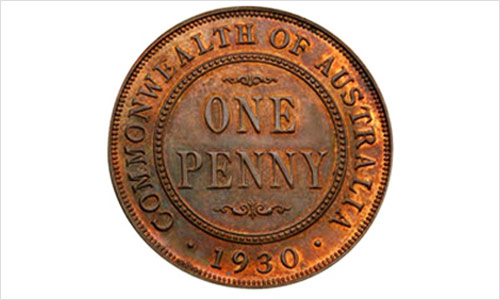
The 1930 Proof Australian copper penny is one of the top most expensive coins in the world and is recognized as the most valuable copper coin.
Only 6 pieces of the 1930 Australian proof copper penny were minted intended to preserve a part of Australian history. In making this penny, the Melbourne Mint used polished planchets and dies which were specifically treated.
Three of the pennies are kept in museums while the rest are already owned by private collectors. In 2005, this Australian proof penny was sold for USD $517,345. Nowadays, this could cost about 1 to 1.5 million US dollars and it could go more expensive than that through time.






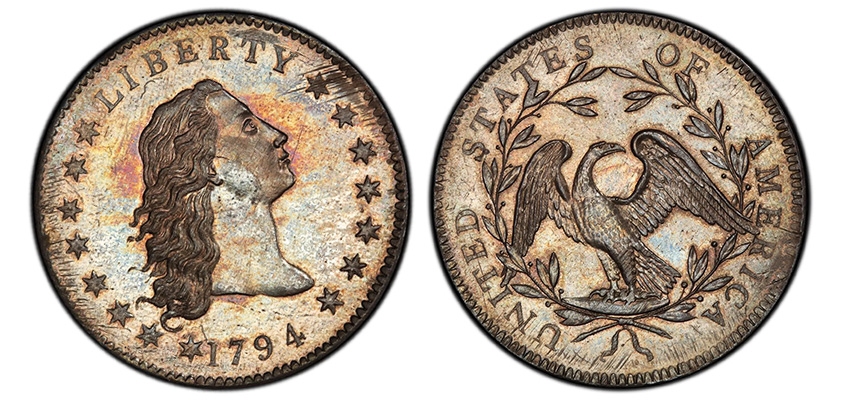
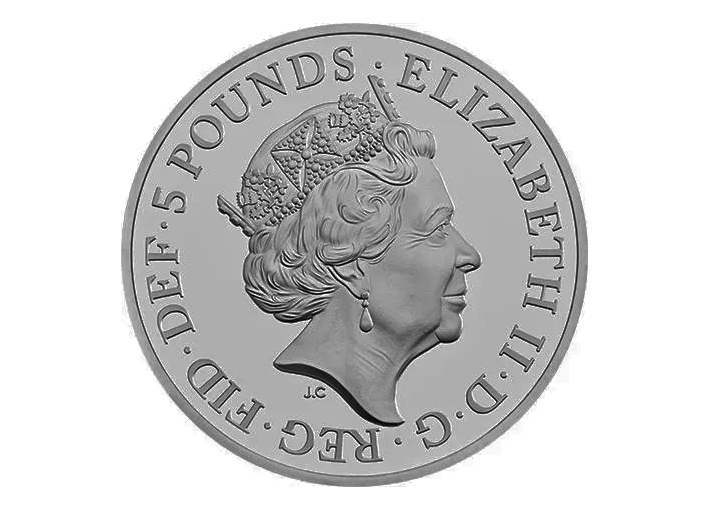
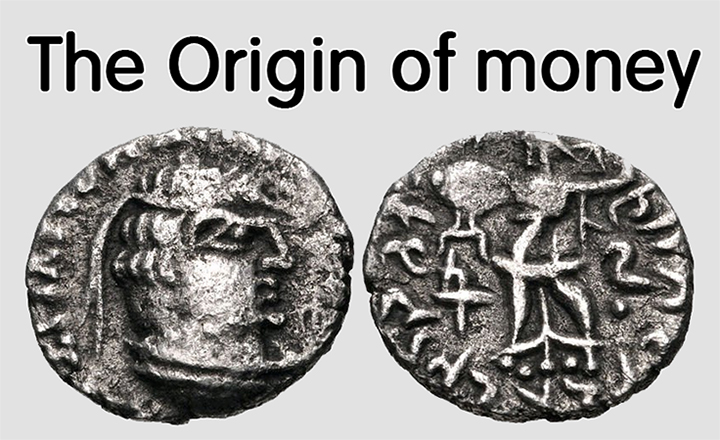
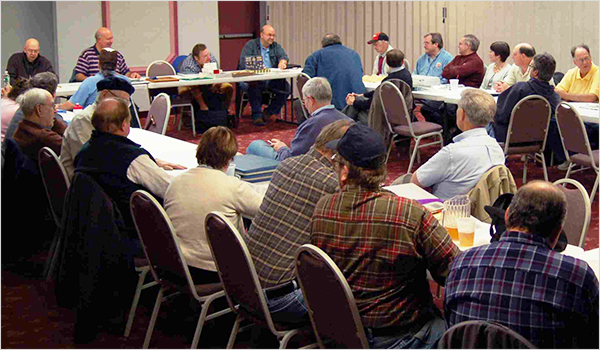

Leave a Reply